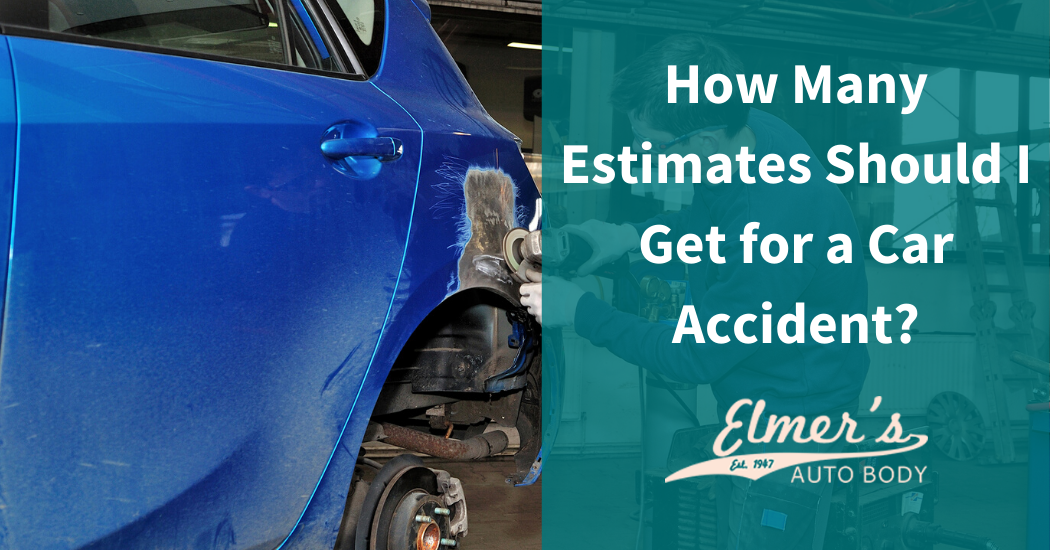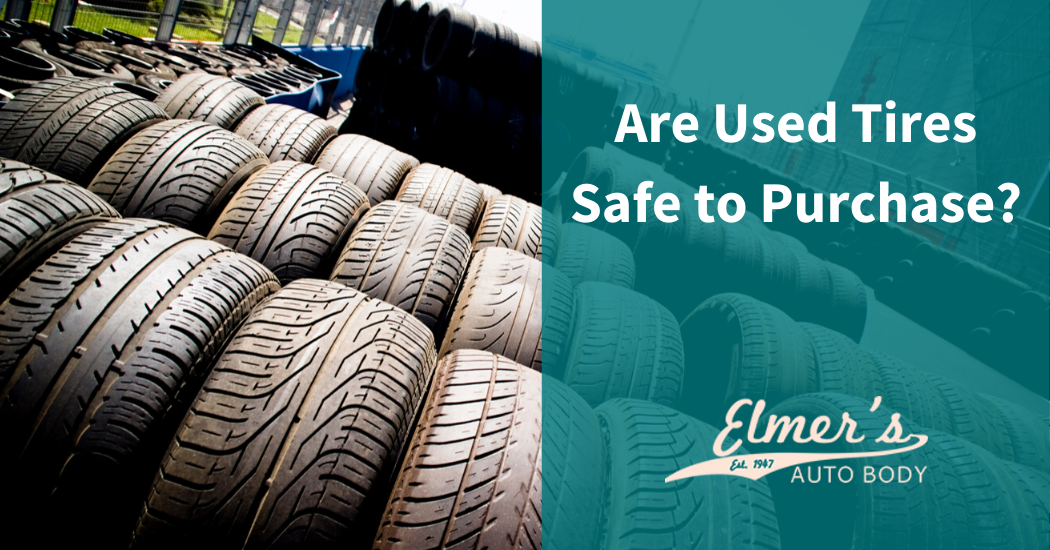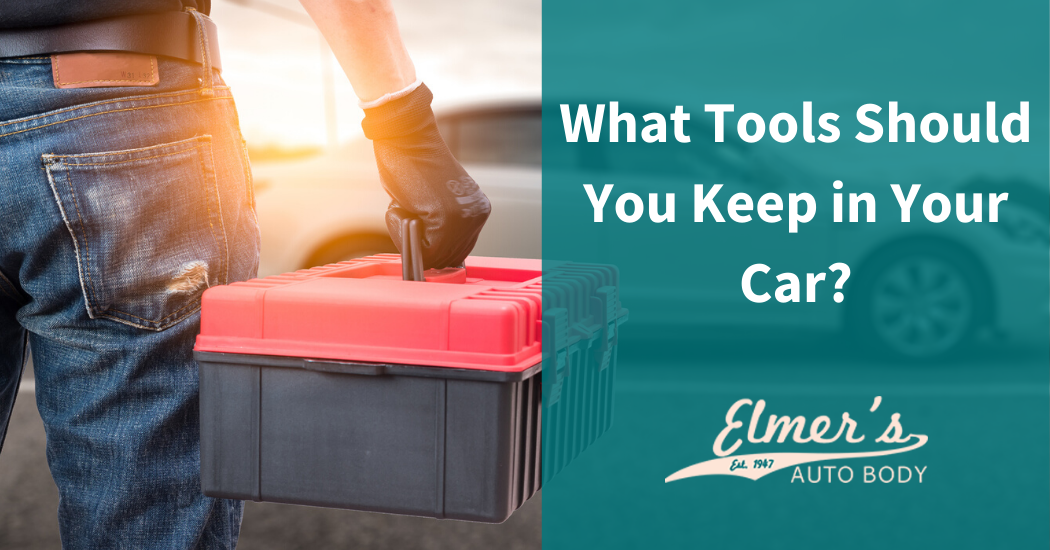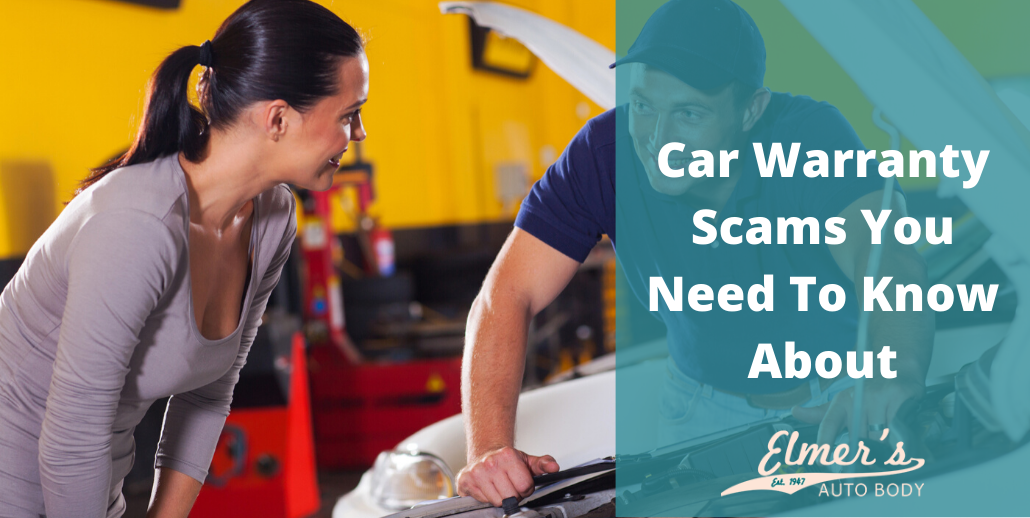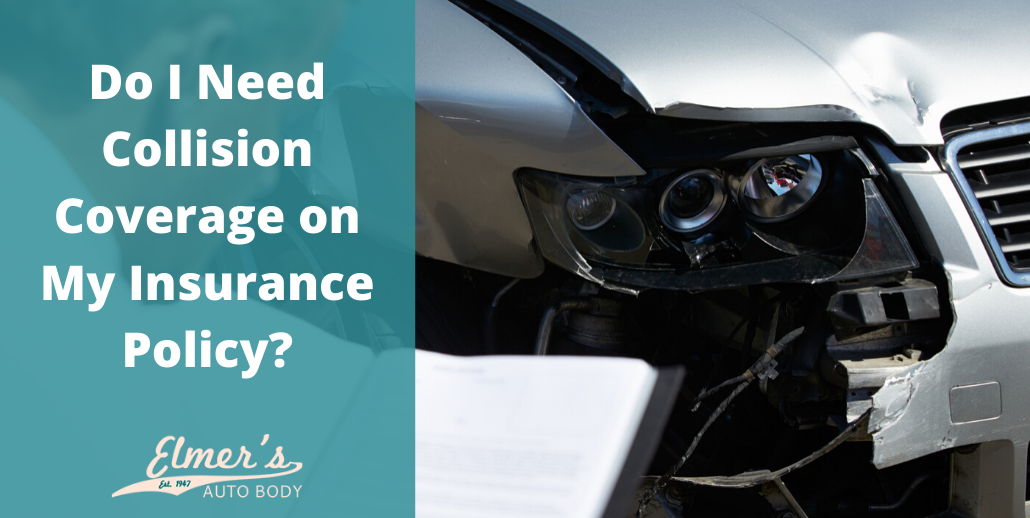If you’ve ever been involved in a car accident that is more than just a fender bender, you probably understand that there are procedures to follow for taking care of the damage to your vehicle. Getting repair estimates is part of that procedure and involves a series of steps that will get you back in the driver’s seat and on your way to wherever you need to go. Here are the most important steps to follow in obtaining estimates after you’ve been in an accident and know your vehicle will require repairs.
Finding Reputable Repair Shops
Before you actually get any repair estimates, research collision repair shops and their shop rates for body work along with their background information to verify their work performance. You want qualified professionals who can thoroughly and honestly assess damage. Also, ask others who have had recent body work done or go online and read reviews or reports from other vehicle owners concerning whether a body shop’s work is above standard and whether they have a stellar reputation.
Often your insurance company will give you the name or names of reputable collision repair shops that they recommend for repair work. Usually the shops that your insurance company provides are trustworthy and provide high-quality work. Most shops that an insurance company recommends will offer topnotch service and will deal with any of the paperwork and documentation that your insurance company will need. If your insurance company doesn’t provide a listing of reputable collision shops, go ahead and get up to three estimates in writing. You’ll want the estimates to include a complete breakdown of any repairs along with labor costs and parts (whether they are original, used or aftermarket parts).
Repair Cost Concerns
If you’re really worried about the cost of repairs, and how many estimates you should get and aren’t utilizing a repair shop recommended by your insurance company, it’s safe to get a few on your own estimates to determine what repairs will cost you overall.
High estimates don’t necessarily mean you are being overcharged, and estimates that seem to be quite a bit lower might raise red flags because of the possibility of poorly done body work or replacement with used or inferior auto parts, so basing your decision on costs alone is not always wise as collision costs can vary from one shop to another. It’s important once you do get estimates to scan through each estimate on a line-by-line basis. You want to compare costs for body work, vehicle parts and labor. You also want to determine what estimate meets your needs and which one will give you the best quality repair work.
Determining Average Rate for Repair Costs
When you get three estimates, it helps you to determine the average range of your repair costs. Three estimates will allow you to cancel out both the lowest and most costly estimate and take the estimate that falls in the middle. You can also take all three estimates and divide your total by the three, which gives you the average cost for repairs. Whatever final payout you receive through your insurance provider should be close to the average estimate.
Insurance Company Delays
If you’re going through your insurance company and a collision shop of their or your choosing, you don’t want to deal with extended delays that your insurance company may cause. Waiting for an insurance adjuster or representative to determine damages can be stressful, especially when you need your vehicle for work or other important activities.
When an adjuster fails to deal with assessing your damage within a week or so, it’s probably a good idea to obtain several estimates on your own and pay for any repairs made. You can ask for reimbursement of the repair costs through your insurance provider; however, one thing to remember is that full reimbursement from your insurer may be difficult to recoup after the collision shop has made repairs, particularly if you have gone with a higher repair estimate.
Your insurance company will likely not pay out higher estimates and will go with the lowest estimate the collision shop gave you. It’s important to remember that when you have repairs made before an amount is agreed upon, you risk your insurance company delaying your claim and reimbursing you. Also, once your vehicle is usable and you have it back in your possession, your insurance company no longer has to pay for alternative transportation.
How Many Estimates
When your insurance company offers a low payoff for your repairs or you believe the repair shop is charging too much or too little for your vehicle repairs, then you probably should get a second and third opinion.
The best option with estimates is to get one good one through a repair shop with an excellent repair record as opposed to getting several from repair shops that may give you middle of the road estimates and less than standard repair work.
Usually, one estimate is enough, especially when the repair shop has an excellent record and does quality work. If your repairs are costly and you’re worried about your insurance company not paying out and the body shop not doing what it should, it’s probably a good idea to get several estimates. Whether you go with one or more than one estimate and aren’t sure of the process, complete the online contact form and a representative will get back to you with the information you need to make a decision that fits your needs.

